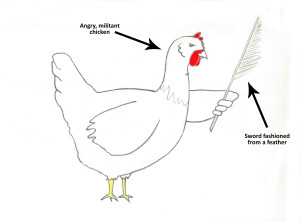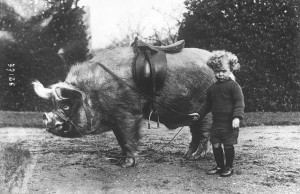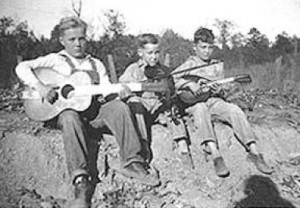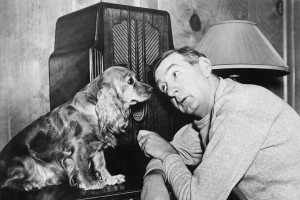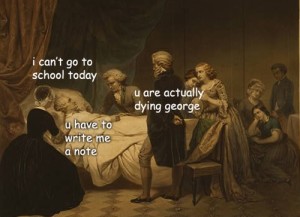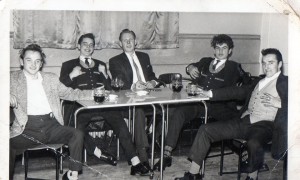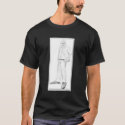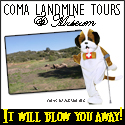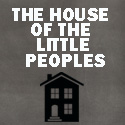By Stan Bargmeyer, news intern
The art of sitting may not be as fashionable as it once was but the past time still has a special place in the hearts of many Comatons.
Sitting will once again get its day on Saturday and Sunday April 5-6 when sitting enthusiasts from Coma and the surrounding region gather at the Coma Convention Center and Grain Elevator for the 25th annual Continuous Period of Being Seated Festival.
Ensconcers, chair grabbers, perchers, plopper downers, resters, seated ones, settlers, squatters, load taker offers, and seat takers will gather for two days of sitting-related food and fun. The theme for 2016 is: Park It–Sitting in, on, and near Cars.
The festival will examine the history of sitting in and around the vehicles in Coma.
Extending back in time more than a half century to the present day, speakers will discuss the adventures and challenges involved in pioneering new sitting techniques along many of the beautiful and isolated roadways of Coma and the surrounding environs.
They also will discuss local pioneers in sitting, such as Dolores Claybottom, who made sitting-related activities fashionable 60 years before the invention of television.
Reclaimed sitting techniques will be demonstrated the local chapter of the Young Squatters as they play hours of video games, post on Snapchat or just nap.
So come enjoy a grand ol’ sitdown with your friends and neighbors.
Tickets are $20 or donate two seat cushions for entry.
And for the last time, people, no whoopee cushions allowed!



 Follow
Follow
 comments feed
comments feed